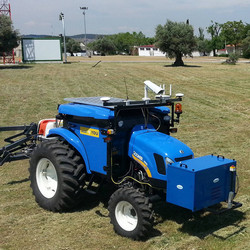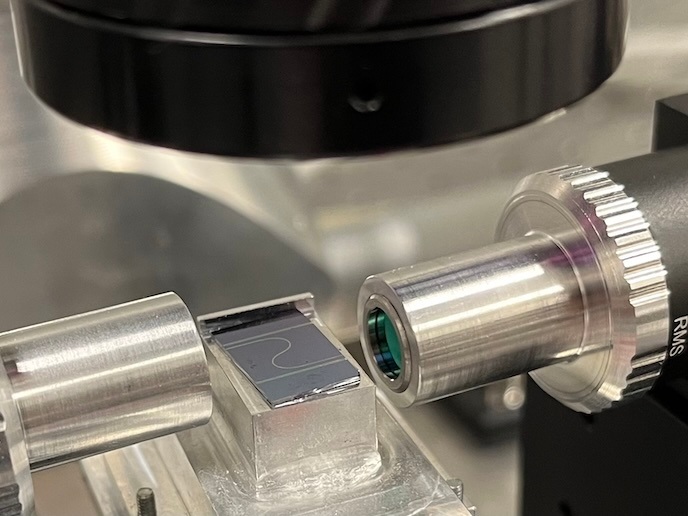Weed terminators
The EU uses substantial quantities of herbicides in agriculture and forestry. It is important, both ecologically and economically, to reduce the usage, and one suggestion involves using targeted robotic delivery. With EU funding, the RHEA(opens in new window) (Robot fleets for highly effective agriculture and forestry management) project aimed to develop such systems. The concept entailed developing new generations of automatic flying and ground robots, employing both chemical and physical methods for weed control. The 15-member consortium also set out to develop all necessary sensors and control systems. Various agricultural and forestry applications were envisaged, including wide-row crops, narrow-row crops and woody perennials. The group operated over four years, commencing in August 2010. The project's new perception systems allowed the roaming robots to detect up to 90 % of weed patches. Using a combination of physical and chemical means, the robots can eliminate up to 90 % of detected weeds, reducing chemical consumption by 75 % compared to current usage. For both aerial robots, RHEA developed a lightweight perception payload including optical and near-infrared cameras. Data obtained were processed offline to identify and locate weed patches in wheat and maize plots. Three ground robots were developed, based on a commercial tractor chassis, and equipped with a ground-sensing system consisting of an optical camera. Image analysis took place in real time, to identify crop rows and determine the presence of weeds. The processing also precisely controlled novel weed control devices developed by the project, including spray and mechanical systems. The consortium furthermore developed a Mission Manager software control system, and all related subsystems. These included a graphical user interface, wireless communication system, a satellite positioning unit and a laser-based safety system. RHEA met its targets, and concluded with two demonstrations to European Commission representatives. The project successfully developed various systems allowing robots to patrol, automatically detecting and destroying agricultural weeds. The precisely targeted applications are intended to substantially reduce European consumption of pesticides.







